Valg og politiske partier// Elections and political parties
Nora has just turned 18 and she can now vote in the elections. Although, she is not sure which political party suits her best.
There are many different political parties. To find out which one to vote for, Nora studies the party platforms. Party platforms are overviews which the parties make to show what they stand for and what they want to achieve. In addition, Nora reads the newspapers and watches television before the elections. There, the leaders of the various political parties meet to debate and discuss important political issues. Each party tries to convince the public that they should vote for them.
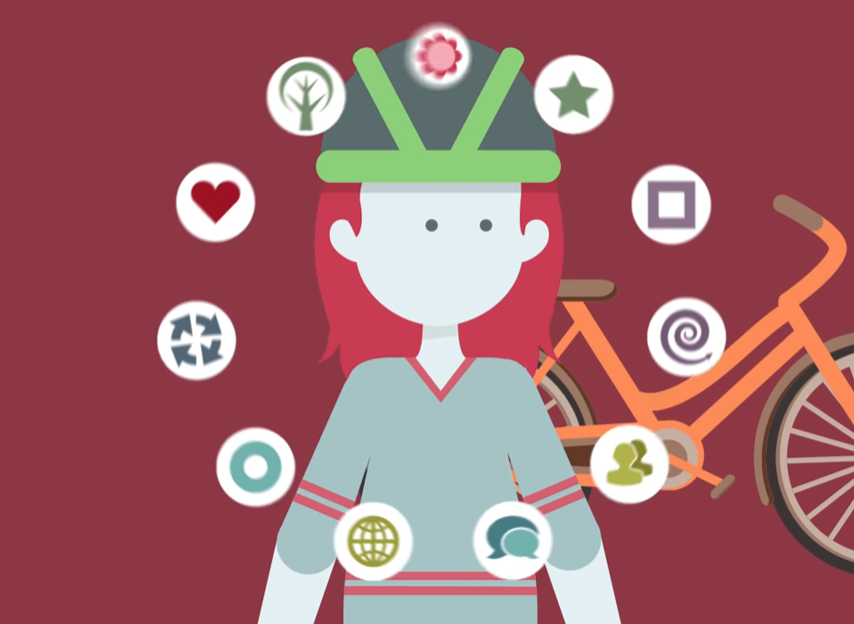
What should I vote for?
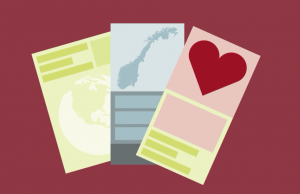
Party programs/platforms show what the political parties believe in.
Elections take place every other year in Norway, and there are two different types of elections. Every other time there are Parliamentary elections and every other time there are local elections. All Norwegian citizens above the age of 18 can vote in the Parliamentary elections, and in the local elections anyone above the age of 18 who has lived in Norway for at least 3 years can vote.
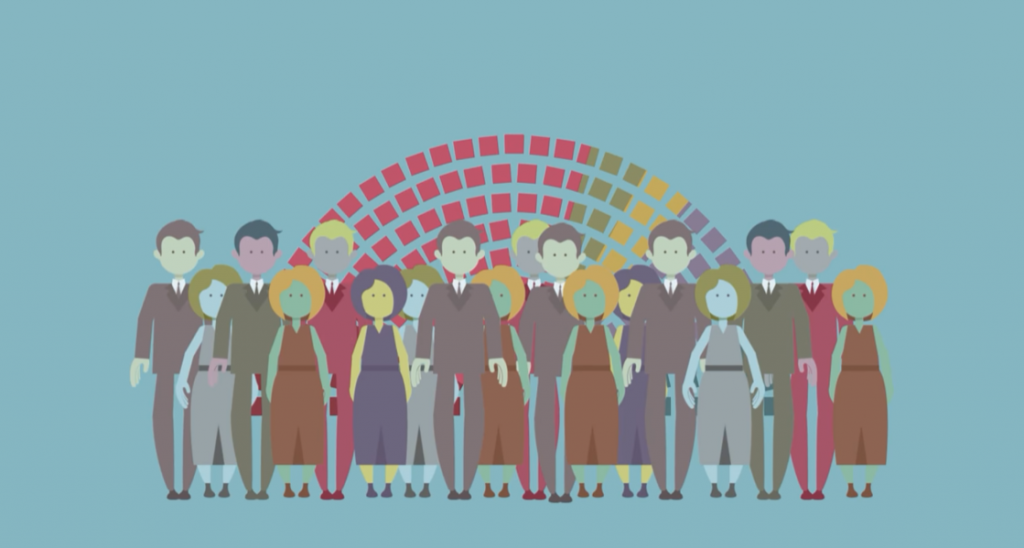
In the Parliamentary elections, you vote for a political party to get the majority of representatives in the Parliament. The political parties receiving the most votes form a government and agree on a prime minister. The Parliament and the Government decide on important matters that concern the entire country.
One of the most important issues for Nora is that more bikeways should be built in her community. Such local matters are not discussed by the Parliament and the Government. That is why Norway has a local democracy. Local politicians are in close contact with the citizens and can listen and adapt policy to what the constituency needs.
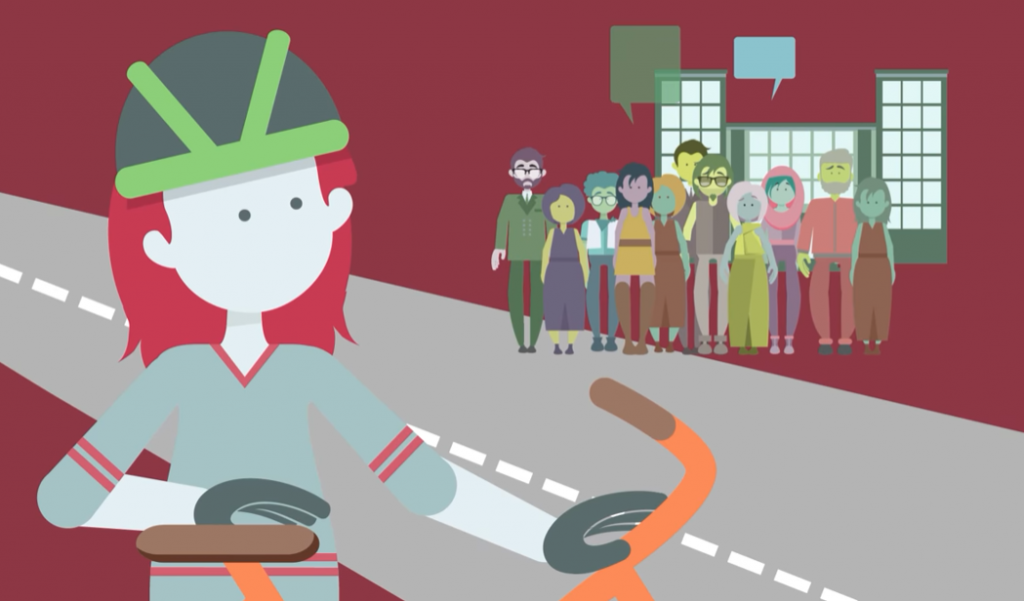
In the local elections, the county council and the municipal council are elected. County councils govern counties and help all municipalities to work together. The county is also responsible for, among other things, upper secondary schools, museums and dental health services for everyone living in the country.
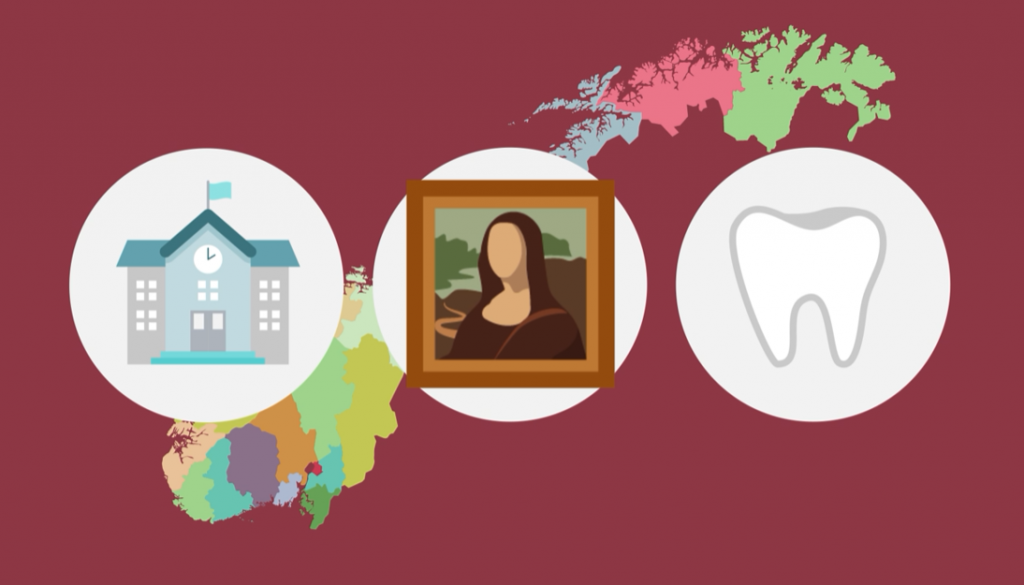
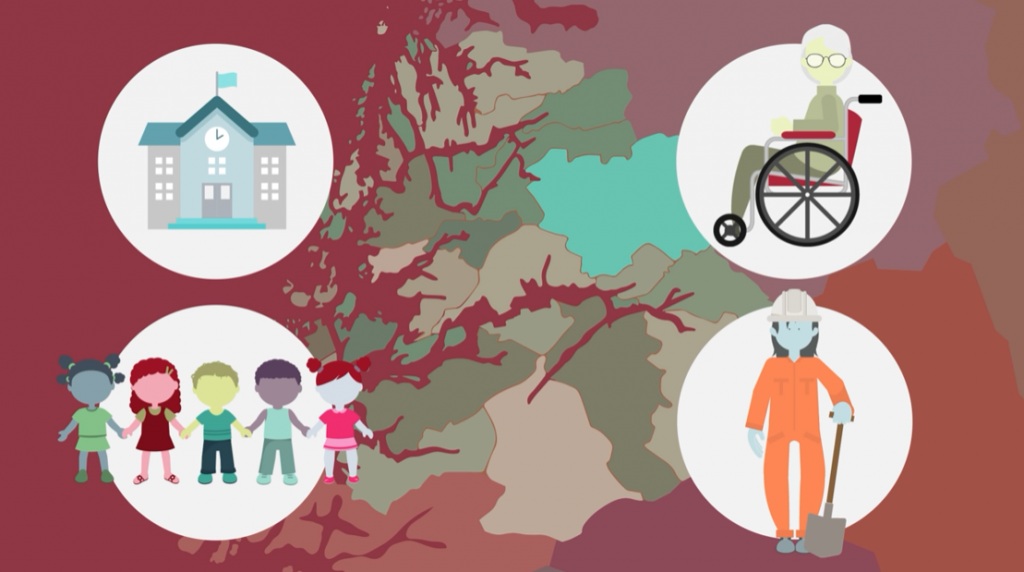
The municipal councils make decisions in municipalities. The political parties that receive the most votes get seats in the municipal council. Each municipal council is headed by a mayor. The municipality is responsible for, among other things, schools, nursing homes, social welfare, kindergartens and roads. The municipal council will decide whether to build more bikeways, as is what Nora wants.
Nora finds which political party is most interested in establishing bikeways and votes for them in the local elections. If they get enough votes, they can build new bikeways in the municipality.

Word List
| Party program/platform |
| Overview of what a political party believes in and promises to work for. |
| Parliamentary elections |
| Elections of political parties which get seats in the Parliament and form a government. |
| Local elections |
| Elections of county council and municipal council. |
| County |
| A geographical area. The counties are divided into municipalities. |
| Municipality |
| A geographical area. Norway has several hundred municipalities. |